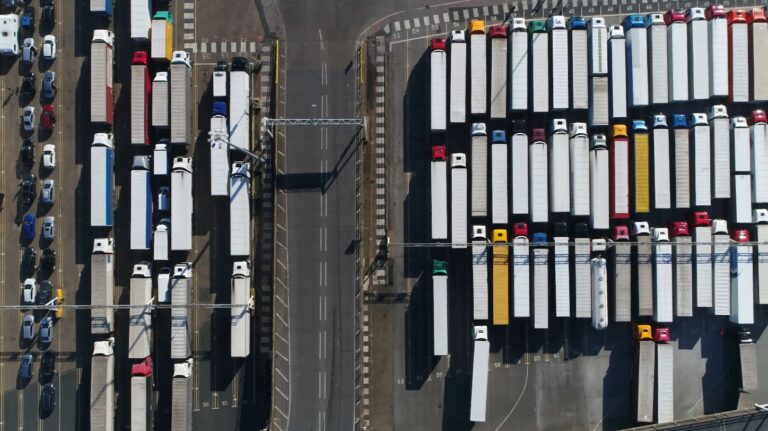The European Union’s new Entry/Exit System (EES) was introduced yesterday (12 October 2025), changing entry requirements for non-EU citizens and businesses.
Travellers entering the Schengen Area will be processed via biometric scanners capturing fingerprints and a facial image alongside travel document data. The Entry/Exit System will replace manual passport stamping at external borders to strengthen border management and curb illegal migration.
For private citizens, the first visit after 12 October will require creation of a digital record, with fingerprints taken and a photo captured in a dedicated booth. This initial digitisation step will add time for first-time entrants and could have disproportionate knock-on effects for logistics.
It is important to note that the well-known 90-days-in-any-rolling-180-day rule for short stays is not new; EES does not change this limit, it automates enforcement by logging each entry and exit electronically. Even so, the launch will trigger a surge of first-time enrolments that is expected to lengthen queues.
Onboarding delays could further compound wait times for third-country nationals driving heavy goods vehicles (HGVs) – a cohort that now includes UK drivers. At present, there are no plans to create exemptions for professional road users such as those working in road freight.
At minimum, the new entry requirements will slow British-based logistics operations seeking to move goods by road into Europe, potentially stunting growth and exacerbating existing bottlenecks. For visa-exempt travellers such as most UK nationals, EES captures a facial image and four fingerprints at first enrolment; under-12s’ fingerprints are not taken.
Records are typically retained for three years, extending to five if no exit is recorded – a compliance backdrop operators will want to understand as they plan schedules and resourcing.
UK-based logistics, freight forwarding and customs clearance business Zelir Logistics has voiced its concerns about the potential new barriers to trade. Company director Joe Jeffery said: “While we support the overall goal of tightened border security, it’s going to be damaging to UK hauliers and the wider supply chain without some form of exemption for drivers.
“For UK drivers exporting into Europe, 90 days quickly add up, especially on deep continental legs. It’ll make using UK drivers much less appealing and we’ll see businesses either employing or sub-contracting to European drivers instead – because the rules aren’t the same the other way around – withdrawing certain services and increasing costs, or just giving up altogether.
“This could also lead to increased demand for European drivers and push prices up throughout the supply chain, from those with goods to shift right down to the consumer buying them. Increased prices could also force more companies out of business.
“I just don’t see how this isn’t going to negatively impact the UK economy.”
Incorporated in 2023, Zelir Logistics relies on both British and EU drivers for import and export movements, reflecting the reality for many small and medium-sized enterprises that depend on visa-free road freight.
The scale of the potential impact has prompted the Road Haulage Association (RHA) to call on the UK government to press for a professional drivers’ exemption to the 90/180-day rule when operating UK-EU return journeys, noting that EES will tighten automated overstay detection. The RHA also stresses that holders of Schengen long-stay visas or residence permits are outside EES short-stay registration – relevant for UK nationals employed in the EU who have residence status.
Border managers say EES will be introduced gradually to avoid major disruption, with full implementation at border crossings expected by April 2026. Early operational focus is expected on freight and coach traffic, with powers to pause or flex checks if queues build, before broader roll-out to private vehicles.
A longer version of this article originally appeared in the October 2025 issue of Logistics Manager Magazine. Read here!







